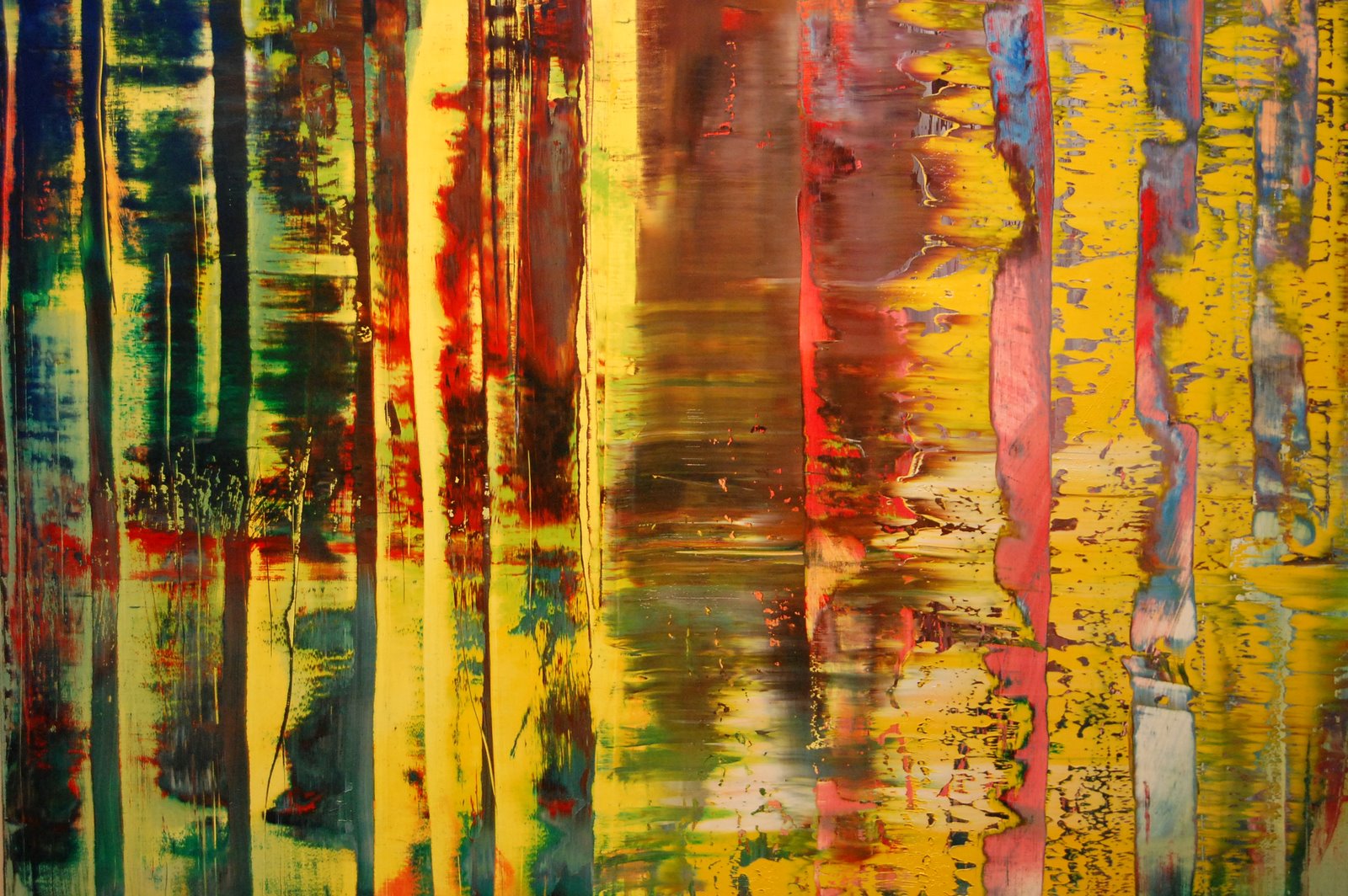Gerhard Richter’s Zufallsbilder: A Colorful Journey into Abstract Art for Kids
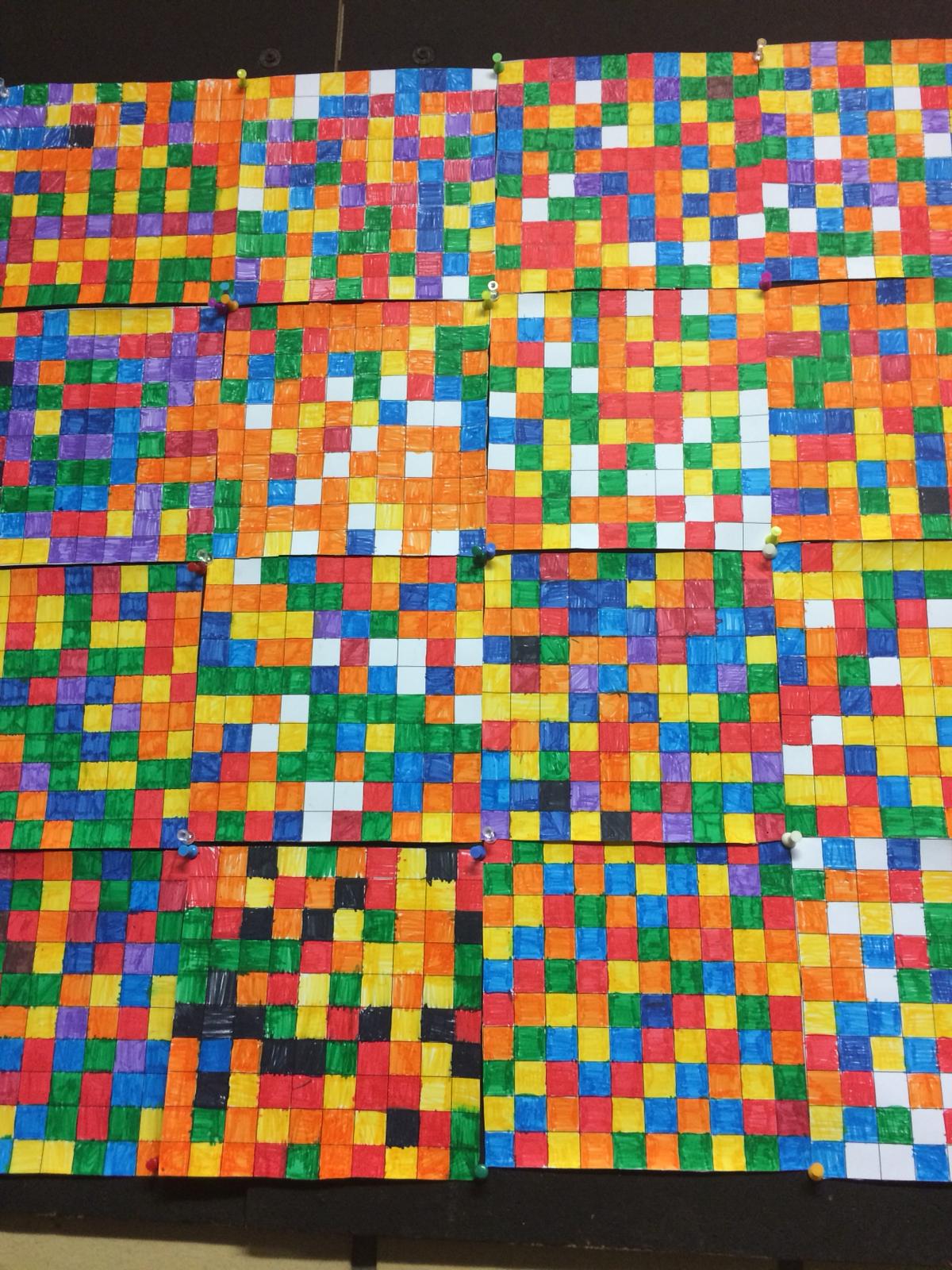
Hey there, young artists! Have you ever wondered what it would be like to create art without a plan? That’s exactly what Gerhard Richter, a famous artist, did with his "Zufallsbilder" (meaning "chance pictures" in German). These paintings are like colorful explosions, full of unexpected shapes and colors. Let’s explore this fascinating style together!
What are Zufallsbilder?
Imagine you’re playing with paint, splattering it onto a canvas without thinking about what it will look like. That’s the essence of Zufallsbilder. Richter used a special technique called "Squeegee Painting" to create these works. He would spread paint onto a canvas and then use a squeegee (like a rubber window scraper) to move the paint around, creating interesting patterns and textures.
Why are Zufallsbilder so cool?
- They’re full of surprises! You never know what you’ll get when you create a Zufallsbilder. This makes the process exciting and full of adventure.
- They’re all about freedom! There are no rules in Zufallsbilder. You can use any color, any shape, and any technique you like.
- They help you see the world differently. Zufallsbilder show us that beauty can be found in unexpected places. Even a simple splatter of paint can be a work of art!
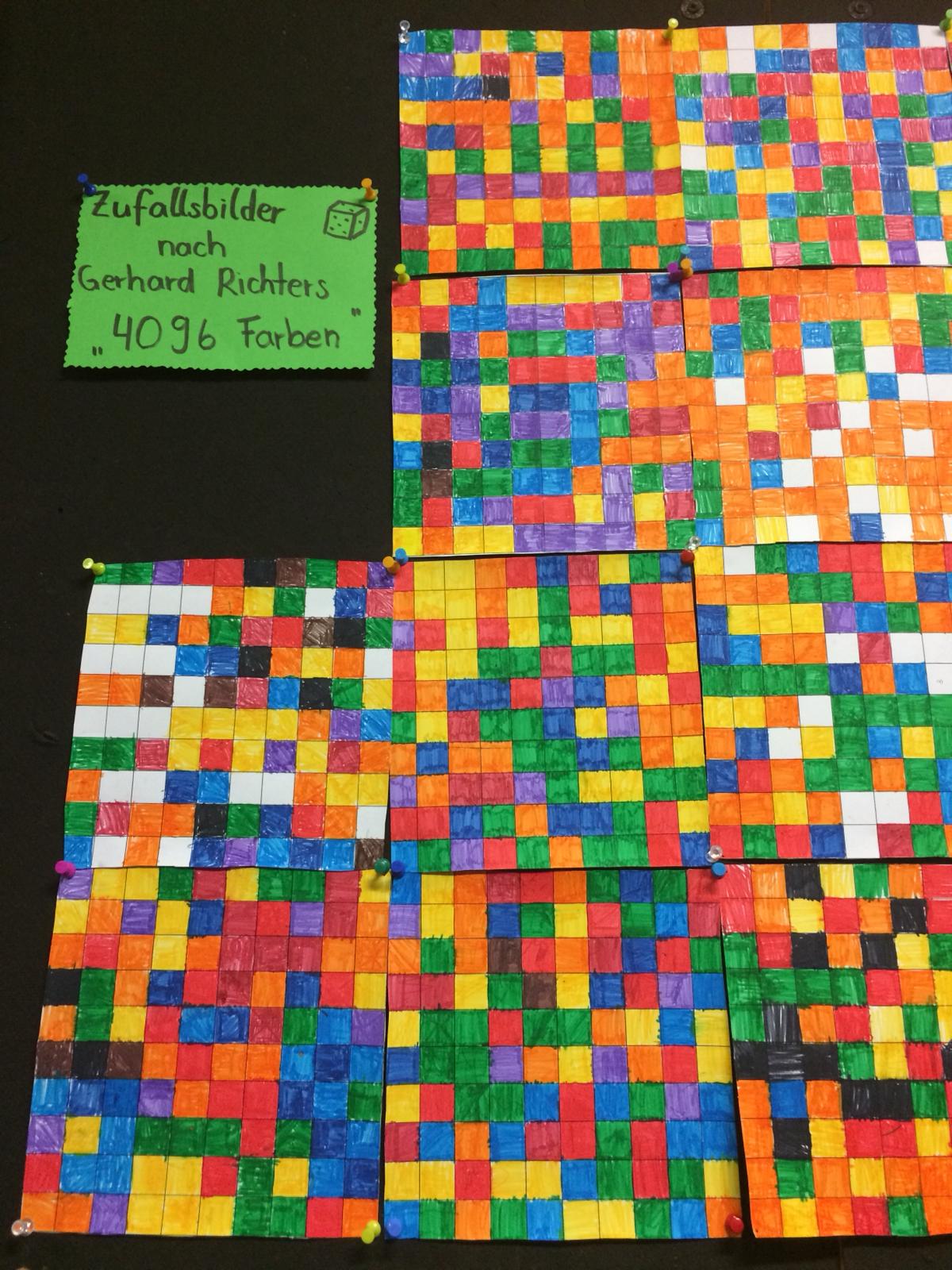
Let’s create our own Zufallsbilder!
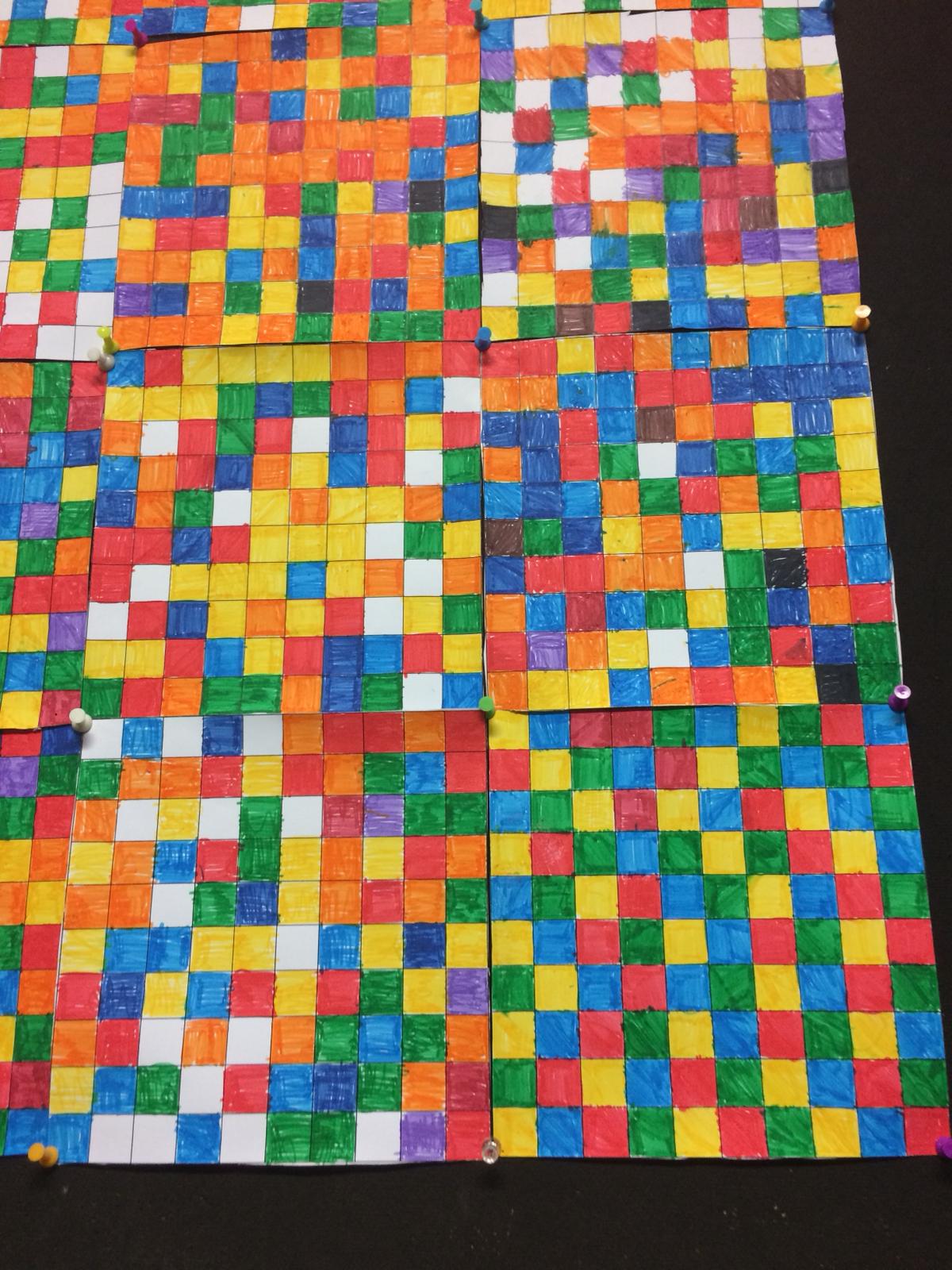
Materials:
- Paper: Any kind of paper will do, but thicker paper is better for painting.
- Paint: Watercolors, acrylics, or even finger paints are great for Zufallsbilder.
- Squeegee: You can use a real squeegee or a credit card.
- Other tools: Brushes, sponges, and even your fingers can be used to add more texture to your Zufallsbilder.
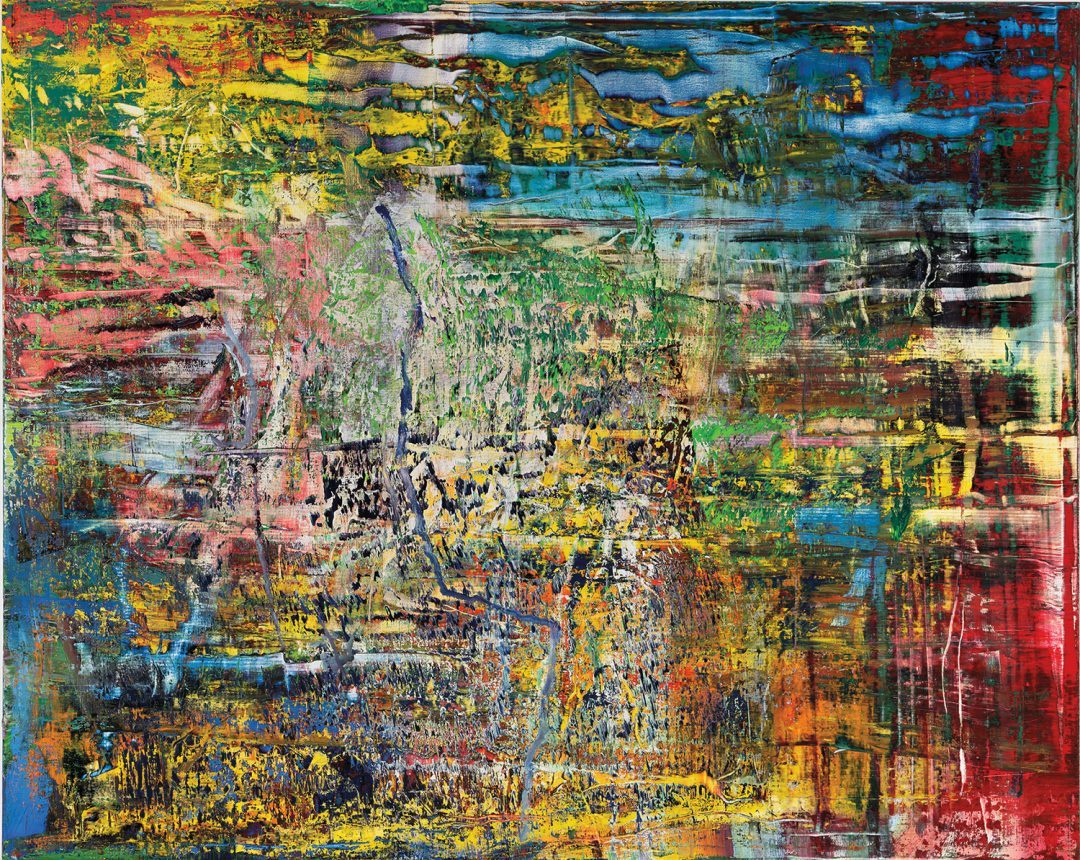
Instructions:
- Prepare your canvas: Lay your paper down flat.
- Get messy! Squirt some paint onto your canvas. You can use one color or many colors.
- Squeegee time! Use your squeegee to move the paint around. Try different angles and pressures to create different effects.
- Add details: Once you’re happy with your basic pattern, you can use brushes, sponges, or your fingers to add more details.
- Let it dry: Let your Zufallsbilder dry completely before you hang it up or show it off!


Let’s answer some frequently asked questions:
Q: What if my Zufallsbilder doesn’t look like a real painting?
A: That’s okay! Remember, there are no rules. The beauty of Zufallsbilder is that they are unique and personal. Don’t worry about making it perfect, just have fun!
Q: Can I use other tools besides a squeegee?
A: Absolutely! Get creative and experiment with different tools. You can use brushes, sponges, combs, or even your hands to create different textures and patterns.
Q: How can Zufallsbilder help me learn to draw?
A: Zufallsbilder help you develop your creativity, explore different colors and textures, and learn to appreciate the beauty of abstract art. These skills can be used in all kinds of drawing, from landscapes to portraits.
Q: What are some other things I can do with my Zufallsbilder?
A: You can use your Zufallsbilder as a background for a drawing or painting. You can also cut them out and use them as decorations for your room or for crafts.
So go ahead, young artists! Let your imagination run wild and create your own amazing Zufallsbilder!
